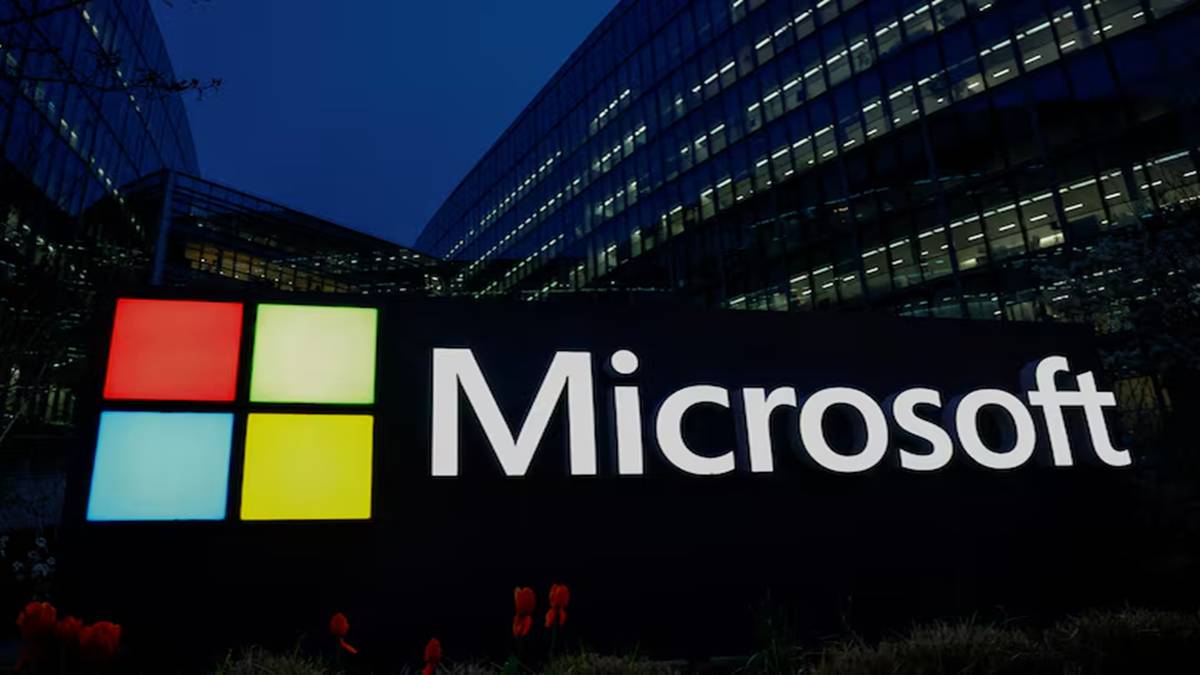Microsoft is gearing up for another wave of layoffs, anticipated to kick off in May 2025. This initiative will primarily target middle management and non-technical roles as part of a broader strategy to enhance operational efficiency. The aim is to achieve a better balance between engineers and non-engineers in project teams, as reported by industry insiders.
Restructuring for Efficiency
This latest move at Microsoft mirrors trends seen in other tech giants like Google and Amazon, both of which have recently undertaken similar restructuring efforts. These tech leaders are keen on reducing managerial layers and emphasizing technical expertise within their organizations.
- Amazon has been focused on boosting its “builder ratio,” which underscores the importance of having a greater number of engineers compared to non-technical staff.
- In December, Google announced a 10% reduction in vice president and manager roles as part of its efficiency initiative.
Aiming for a Better PM Ratio
At Microsoft, discussions are centered on improving the “PM ratio” (Product Manager to Engineer ratio). This metric represents the relationship between product or program managers and engineers within teams. Charlie Bell, Microsoft’s Chief of Security and a former Amazon executive, has been instrumental in promoting the “builder ratio” concept. The goal is to move towards a 10:1 ratio of engineers to managers, a significant change from the current 5:5:1 structure in his division.
Potential Impact on Employees
While the specific number of layoffs remains unclear, indications suggest that several teams could be significantly affected. The layoffs may extend beyond managerial positions, potentially impacting employees who have received consistently low performance evaluations. Those scoring an "Impact 80" or lower over the past two years may find themselves at risk, as these internal assessments play a crucial role in determining compensation and stock awards.
- Earlier this year, Microsoft already laid off approximately 2,000 underperforming employees, setting a precedent for these upcoming changes.
This restructuring effort highlights Microsoft’s commitment to optimizing its workforce and improving operational effectiveness. The company has not publicly commented on these developments, leaving many to speculate about the future landscape of its workforce.
For more insights into industry trends, check out our articles on Google’s efficiency measures or Amazon’s workforce strategies.











